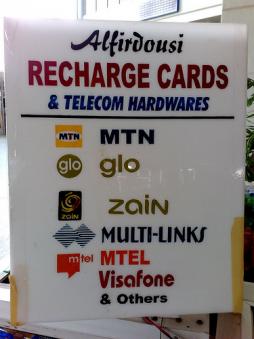beeping
Posted by MohiniBhavsar on Aug 19, 2010
The Rules of Beeping: Exchanging Messages via Intentional "Missed Calls" on Mobile Phones data sheet 1815 Views
Abstract:
This article explores the practice of ‘‘beeping’’ or ‘‘missed calling’’ between mobile phone users, or calling a number and hanging up before the mobile’s owner can pick up the call. Most beeps are requests to call back immediately, but they can also send a prenegotiated instrumental message such as ‘‘pick me up now’’ or a relational sign, such as ‘‘I’m thinking of you.’’ The practice itself is old, with roots in landline behaviors, but it has grown tremendously, particularly in the developing world.
Based on interviews with small business owners and university students in Rwanda, the article identifies three kinds of beeps (callback, pre-negotiated instrumental, and relational) and the norms governing their use. It then assesses the significance of the practice using adaptive structuration theory. In concluding, the article contrasts beeping with SMS/text messaging, discusses its implications for increasing access to telecommunications services, and suggests paths for future research.
Posted by MohiniBhavsar on Aug 03, 2010
The Swedish International Development and Cooperation Agency (Sida) recently published a report, The Innovative Use of Mobile Applications in East Africa, that provides an overview of the current state of mobile phone applications for social and economic developments in East Africa. The report seeks to answer “what hinders the take-off of m-applications for development in East Africa" and asks what role donors should play.
While mobile phones are the main channel for information in East Africa, with mobile penetration covering over 40% of the population, sustainable, scalable mobile services for social and economic development are limited. The report is supported by secondary data, statistics, and field work carried out in Kenya, Rwanda and Tanzania, along with numerous interviews, meetings and discussions with key stakeholders in East Africa. Major trends in mobile usage, barriers for increased use of m-applications, as well as opportunities for scaling are discussed.
Barriers: High Cost of Ownership.
Posted by MohiniBhavsar on Jul 27, 2010
The Innovative Use of Mobile Applications in East Africa data sheet 3644 Views
Author:
Johan, Hellstrom; Swedish International Development Cooperation Agency
Abstract:
The Swedish International Development and Cooperation Agency (Sida) recently published a report that gives an overview of the current state of mobile phone applications for social and economic developments in East Africa. Drawing on successful adoption of mobile applications in the Philippines, this Sida report seeks to answer “what hinders the take off of m-applications for development in East Africa and what role donors play in the process.” While mobile phones is the one of the most widely accessible gateways for information in East Africa, with mobile penetration covering over 40% of the population, sustainable, scalable mobile services for social and economic development are limited. The report is supported by secondary data, statistics, and field work carried out in Kenya, Rwanda and Tanzania, along with numerous interviews, meetings and discussions with key stakeholders in East Africa. Major trends in mobile usage, barriers for increased use of m-applications, as well as opportunities for scaling are discussed.
Posted by CorinneRamey on Sep 28, 2007
The rural mobile market is growing, and carriers are working to meet the unique demands and challenges of this sector of the population. Even in the poorest countries -- like Sierra Leone, which ranks 176 out of 177 countries on the UN's 2006 Human Development Index -- mobile phones have become a growing necessity, creating a unique set of cultural norms and practices. According to a recent article in Africa News, "It is no secret that Sierra Leone has one of the largest mobile network services although said to be the least developed country in the West African Sub-Region." Mobile service in Sierra Leone is covered by three carriers -- Mobitel, Celtel and Millicom. Although the network has increased dramatically since the civil war ended in 2000, there is still demand from rural customers for more comprehensive coverage in poor rural areas.


